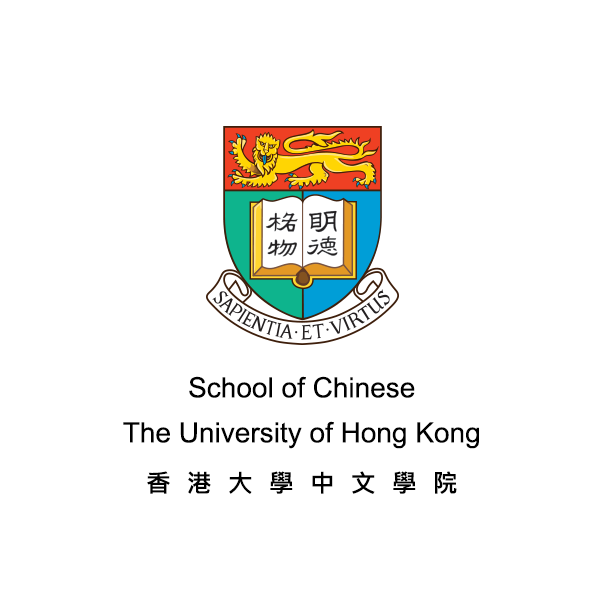Rereading the Shang Shu in Light of Excavated Texts: A Case Study of the “Jinteng” Chapter in Tsinghua Bamboo Manuscripts
2016/2017 School of Chinese Research Students Seminar
從出土文獻重新探討《尚書》研究的問題
——以清華簡〈金滕〉篇為例
Rereading the Shang Shu in Light of Excavated Texts: A Case Study of the “Jinteng” Chapter in Tsinghua Bamboo Manuscripts
劉禕汀 Ms. Liu Yi Ting
Date and Time: March 24, 2017 (Friday), 4:00-5:15pm
Venue: Room 730, Run Run Shaw Tower, Centennial Campus
Language: Putonghua
《尚書》是中國非常重要的文獻,儒家視為經典之一,然而,有關《尚書》的編者及成書年代問題,學術界至今未有定論。又因《尚書》的流傳過程複雜,存在今古文及真偽的爭議,經學家的研究自漢代開始至今已有兩千多年。20世紀以來,大量簡帛文獻問世,目前發現的簡牘總數達三十萬餘枚,內容非常豐富。清華大學在2008年從海外購藏一批戰國楚簡,當中與《尚書》相關篇章分別有〈金縢〉、〈尹誥〉、〈尹至〉、〈保訓〉、〈傅說之命〉,這些篇章的發現為《尚書》的研究提供嶄新的資料。此次演講以《清華大學藏戰國竹簡(壹)》中的〈金縢〉篇為個案,通過〈金縢〉篇傳世本與簡本的對讀,擬從上古史研究、訓詁學及文獻學三個角度闡明清華簡對於《尚書》研究的價值及意義。
The Book of Documents (Shang Shu) has been one of the most important classics of ancient Chinese literature and Confucian scriptures for more than two millennia. The author(s) and dating of Shang Shu, however, have long been debated. The transmission process of various versions of Shang Shu was particularly complex, and has long been a subject of controversy since the Han Dynasty. There have been more than 100 discoveries of bamboo and silk manuscripts in China since the 20th century, unearthing over 300,000 strips which contain substantial content. The Tsinghua Bamboo Strips were acquired by Tsinghua University in 2008. These manuscripts are believed to date from Chu state of the late Warring States period. Several texts in the Tsinghua bamboo strips can be correlated to the extant version of Shang Shu, including the “Jinteng”, “Yingao”, “Yinzhi”, “Baoxun”, and “FuYue zhi ming”, providing substantial and new resources and evidence for further researches on Shang Shu. By comparing the textual variations between the existing version of “Jinteng” with its excavated counterpart, my presentation aims to illustrate the value and significance of the Tsinghua bamboo strips in the studying of Shang Shu from historical, exegetical and philological perspectives.
ALL ARE WELCOME!








